#maryland 400
Text
Sickened Marylanders and the Philadelphia Bettering House
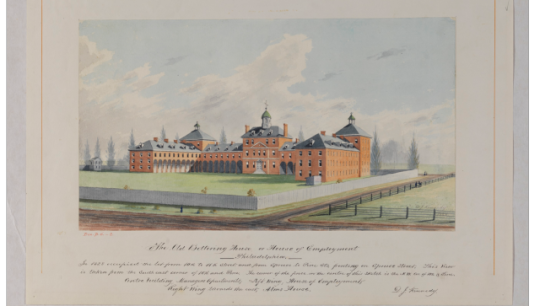
An illustration of the Philadelphia Bettering House in 1828, courtesy of the Historical Society of Pennsylvania, which is likely what it looked like in 1776 and 1777 as well.
On April 13, 1777, John Adams described the spread of disease in Philadelphia and the fate of the sick soldiers in that city in a letter to his wife, Abigail Adams. In his letter, he mentioned a local institution, called the Philadelphia Bettering House. He told her that
“I have spent an Hour, this Morning, in the Congregation of the dead. I took a Walk into the Potters Field, a burying Ground between the new stone Prison, and the Hospital, and I never in my whole Life was affected with so much Melancholly. The Graves of the soldiers, who have been buryed, in this Ground, from the Hospital and bettering House, during the Course of the last Summer, Fall, and Winter, dead of the small Pox, and Camp Diseases, are enough to make the Heart of stone to melt away. The Sexton told me, that upwards of two Thousand soldiers had been buried there…To what Causes this Plague is to be attributed I dont know…Disease has destroyed Ten Men for Us, where the Sword of the Enemy has killed one.” [1]
Reposted from Academia.edu and my History Hermann WordPress blog. I originally wrote this when working at the Maryland State Archives on the Maryland 400 project. There is one slight change of names, from Abigail Smith to Abigail Adams.
The Bettering House, built in 1766 or 1767, sitting on south Spruce street, was an important part of the city’s landscape. At the time, it was an almshouse, where fever-stricken patients were cared for by nuns and fed warm meals. [2] The house offered monetary and spiritual “relief” to the poor. [3] In the main building, the first floor consisted of offices, the second floor was where a steward, governor, and doctors stayed, the third floor housed the sick, the fourth housed people deemed “insane,” and the fifth floor was for other sick individuals. The “paupers” were divided by gender, with men in one side and women on the others, staying in the building’s left and right wings.
By late 1776, the Bettering House had been commandeered by the Continental Army. Months earlier, in September 1776, managers and attendants of the house opposed Continental militia, sick with dysentery, sent there to recover because their presence would endanger the health of those others staying in house. [4] It was only one of the many places in the city where sick and wounded soldiers were housed in the winter of 1776-1777. An estimated 500 soldiers with a variety of aliments were sheltered in Philadelphia, including at least thirty Marylanders in the Bettering House. [5] Some of these soldiers slept on hard floors in stores and private homes that had been quickly turned into hospitals. Due to the amount of men housed in the city and poor conditions, some of those in the Maryland Flying Camp were even sent out of the city and back to a Baltimore hospital in order to receive the best care for the soldiers. [6]
Members of the Maryland 400, Michael Nowland, John Booth, and John Price were some of the invalids housed in the city’s Bettering House, then run by a military surgeon of the Continental Army, Bodo Otto. During this period, a college-educated doctor, John White, and surgeon’s mate at a local hospital, likely tended sick and wounded soldiers, and was almost killed by fever himself. [7] Nowland was described as “convalescent,” meaning that he was recovering from his sickness. As for Booth, he was “walking about, but weak” while Price had “slow fever & deafness,” with slow fever referring to typhoid and deafness perhaps coming from gunfire during the battle. [8]
Of the 98 soldiers housed in the Bettering House, half were convalescent, weak and recovering, or “fit for duty.” Of the other soldiers, they suffered from wounds received on the battlefield, swelling, fever and related illnesses, the digestive disease of jaundice, rheumatic diseases that affect muscles and joints, and other pains in the body. [9] There were also three listed without conditions, one of whom pleaded for a discharge from the house.
From 1777 to 1778, after the British victories at Brandywine and Germantown in the fall of 1777, the British occupied Philadelphia, and took over the Bettering House, using it to care for their own soldiers. [10] By that time, the Continentals were still suffering from diseases, illnesses, and war wounds, but they were sent elsewhere or cared for in camps in Morristown, New Jersey, and Wilmington, Delaware, used by the Marylanders in subsequent winters.
– Burkely Hermann, Maryland Society of the Sons of American Revolution Research Fellow, 2016.
© 2016-2023 Burkely Hermann. All rights reserved.
Notes
[1] John L. Cotter, Daniel G. Roberts, and Michael Parrington, The Buried Past: An Archaeological History of Philadelphia (Philadelphia: University of Pennsylvania Press, 1994, reprint), 206; Letter from John Adams to Abigail Adams, 13 April 1777 [electronic edition]. Adams Family Papers: An Electronic Archive. Massachusetts Historical Society.
[2] Louise Stockton, The Bettering House and Other Charities, A Sylvan City: Or, Quaint Corners in Philadelphia Illustrated (Philadelphia: Our Continent Publishing Co., 1883), 398, 404, 408-410, 418, 422-423, 426; Priscilla Ferguson Clement, Welfare and the Poor in the Nineteenth-century City: Philadelphia, 1800-1854 (Rutherford: Fairleigh Dickinson University Press, 1985), 40, 81, 83-85. It was not the same as the Blockley Almshouse.
[3] Gary Nash, “Poverty and Politics in Early American History,” Down and Out in Early America (ed. Billy G. Smith, University Park, PA: Philadelphia, 2004), 16-17; Simon Newman, “Dead Bodies: Poverty and Death in Early National Philadelphia, Down and Out in Early America (ed. Billy G. Smith, University Park, PA: Philadelphia, 2004), 55; Karin Wolf, “Gender and the Political Economy of Poor Relief in Colonial Philadelphia,” Down and Out in Early America (ed. Billy G. Smith, University Park, PA: Philadelphia, 2004), 163, 166, 174, 177, 179, 181-182, 184; Michael Meranze, Laboratories of Virtue: Punishment, Revolution, and Authority in Philadelphia, 1760-1835 (Chapel Hill: Institute of Early American History and Culture, 1996), 152-153; Steven Rosswurm, Arms, Country, and Class: The Philadelphia Militia and the “Lower Sort” During the American Revolution (New Brunswick: Rutgers University Press, 1989, reprint), 27-28.
[4] Philadelphia Hospital Reports Vol. 1: 1890 (ed. Charles K. Mills, Philadelphia: Detre and Blackburn, 1891), 4-5.
[5] Richard L. Blanco. “American Army Hospitals in Pennsylvania during the Revolutionary War.” Pennsylvania History vol. 48, no. 4 (1981), 347, 349, 352, 354; Mary C. Gillett, The Army Medical Department 1775-1818 (Washington D.C.: Center of Military History, 1981), 70. The influx of sick soldiers led Philadelphia to have a vital role to the Continental army as a smallpox inoculation center, while it was a medical center of the United States at this period. This ameliorated George Washington’s concern about the “threat of contagion” and complimented his attempt to establish hospitals in locations that did not lead to further spread of illness. Philadelphia. As for Maryland soldiers, Thomas Hamilton may have stayed in the Bettering House, but due to conflicting names this cannot be confirmed.
[6] After the battles of Brooklyn and White Plains, many of the soldiers of the Maryland 400 were transferred to hospitals. Some were sent to North Castle, New York, like William Marr, due to their wounds on the battlefield, while others, such as John Riley, Valentine Smith, and possibly James Garner, were sent to a military hospital in Annapolis. Later in the war, Walter Muse, then captain of the Second Maryland Regiment, later supervised a hospital as part of his duties. Another man, George McNamara, who enlisted in the Fourth Independent Company, deserted before the Battle of Brooklyn, and was left in a hospital by his new company. Later, James Hindman, his captain, asked that McNamara receive a discharge due to his swollen leg.
[7] Colonial And Revolutionary Families Of Pennsylvania, Vol. 1 (ed. John W. Jordan Baltimore: Genealogical Publishing Co., 2004, reprint), 326, 872-873; Richard A. Harrison, Princetonians, 1776-1783: A Biographical Dictionary (Princeton, New Jersey: Princeton University Press, 1981), 210; Gillett, 44, 70.
[8] “List of Sick Soldiers in Philadelphia, December 1776.” Pennsylvania Archives Second Series Vol I. (ed. John B. Linn and Wm. H. Egle M.D., Harrisburg: Benjamin Singerly State Printer, 1874), 528, 531-532.
[9] “List of Sick Soldiers in Philadelphia, December 1776,” 528-532.
[10] Philadelphia Hospital Reports Vol. 1: 1890 (ed. Charles K. Mills, Philadelphia: Detre and Blackburn, 1891), 5-7; Gillett, 109. After the Continentals re-occupied Philadelphia, the Bettering House was again used to house sick soldiers.
#marylanders#philadephia bettering house#philadelphia#american revolution#revolutionary war#us history#maryland 400#abigail adams#continental army#sickness#disease#military history
4 notes
·
View notes
Text


Portraits of Amaarae backstage at the Filmore after performing for her “Fountain Baby” tour im Silver Spring, MD.
Photography by Ayedatsmanny
Shot on Fuji Superia 400
March 2024
Developed and Scanned by 1MILLENNIA
#1millennia#onemillennia#filmlab#Maryland#amaarae#fountain baby#tour#film photography#35mm film#color film#fuji superia 400#fujifilm#analog#pop music#fillmore
75 notes
·
View notes
Text

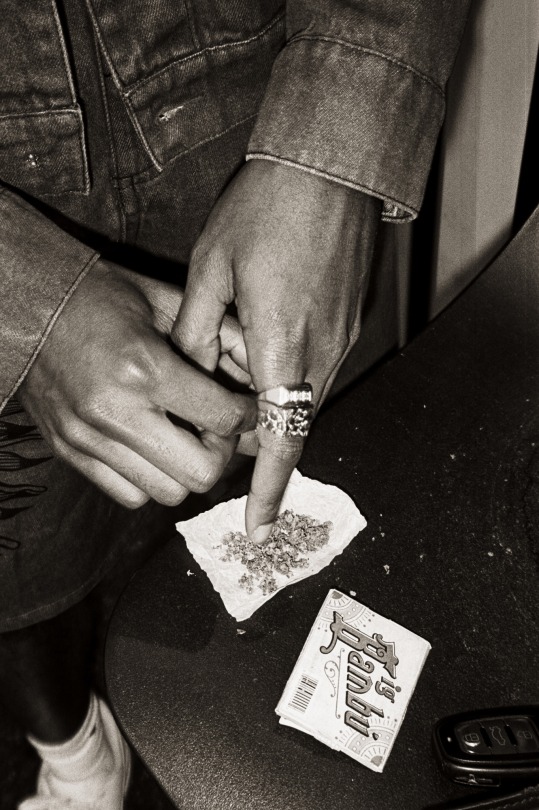
“got a hemp?”
My boy Risky caught on 35mm at Adwoa’s performance at UMD.
Beautiful performance by the way
Shot on Tmax 400 film on canon sureshot 85 tele
#35mm#ayedatsmanny#film photography#maryland#UMD#afrobeats#r&b song#damnrisky#adwoa#ganja#b&w film#kodak tmax 400#documenting#summer#1millennia#35mm photography#35mm film#film#filmphotography#photographers on tumblr#original phography#ishootfilm#analog photography
23 notes
·
View notes
Text

Purcellville, Virginia
March 2022
Rollei 35
Kodak 400TX
#landscape#film#grain#black and white#analog#Purcellville#Virginia#brewery#Harpers Ferry Brewing#Harpers Ferry#Potomac River#Harpers Bridge#Maryland#Rollei 35#35mm#Kodak 400 TX#Rollei
2 notes
·
View notes
Text
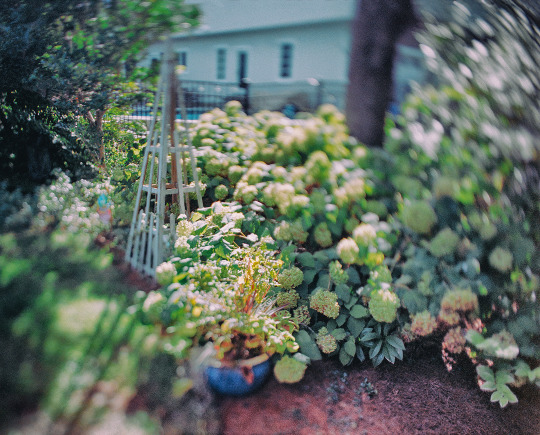
Nick Codd's garden in Severna Park, Maryland. Pentax 645, 45mm Free-Lens'd. Kodak Portra 400NC. NIK
3 notes
·
View notes
Text
HAPPY DAY 400!!!!🎉🎉🎉🎉🏳️🌈✌️⚾️
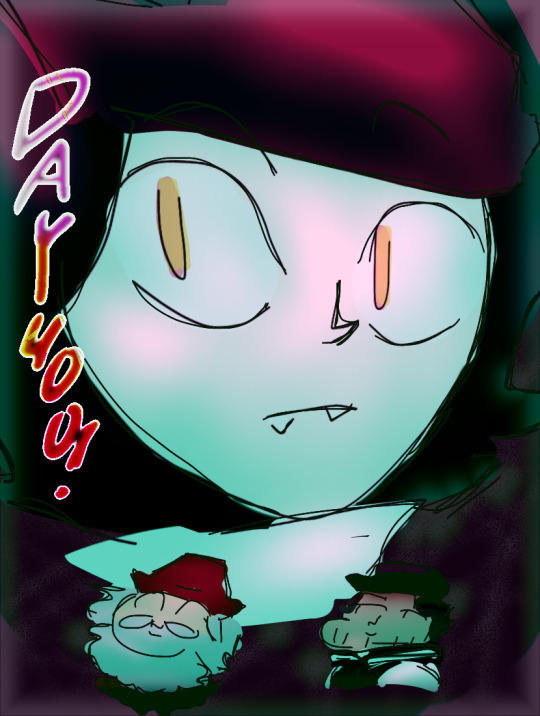
0 notes
Text

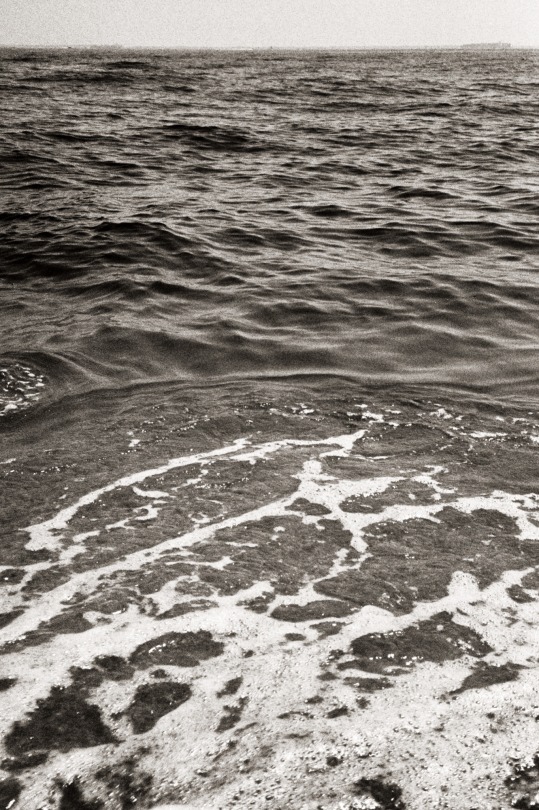
Mayo Beach
took these in July of this year. these image feel so nostalgic. they remind me of home, Ghana.
July, 2022
#film#35mm#analogue photography#35mm film#35mm photography#analogue#original photographers#analog#artists on tumblr#film is forever#film photography#filmallover#ishootfilm#shotonfilm#filmisalive#filmphotoclub#photographers on tumblr#filmcamera#maryland#ghana#wales bonner#fashion#watching the waves#nostalgia#kodak tmax 400#tmax400
0 notes
Text
The Maryland Doom Fest Day 3: A Day in Pictures
The Maryland Doom Fest Day 3: A Day in Pictures
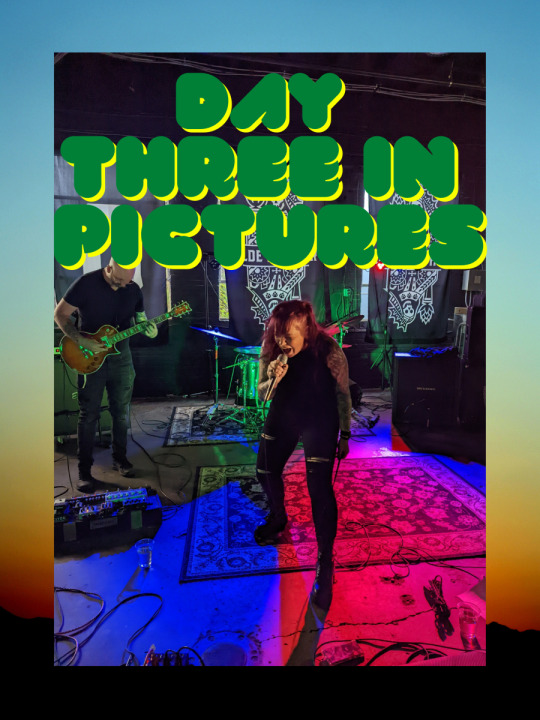
View On WordPress
#almost honest#bloodshot#bone church#cafe 611#faces of bayon#formula 400#grave bathers#grave next door#horehound#indus valley kings#lost breed#maryland doom fest#olde mother brewing#the age of truth#thunderbird divine#ZED
0 notes
Photo


#andrew mangum#photography#family#maryland#medium format#kodak portra 400#kodak#mamiya 7#mamiya#film
0 notes
Text
I know this is a long shot, but I’m trying to post wherever I can to help.
This is Koda, and he was rushed to the hospital this morning (6/7/23) after becoming noticeably lethargic.



I just received the call from the doctor that Koda is dehydrated, anemic, has a severe upper respiratory infection, and has fluid build up in his abdomen.
They are unsure at this time where the fluid is coming from, but worst case scenario is cancer. They have started him on fluids and antibiotics to stabilize him, but his prognosis was given as “guarded.”
I was given an estimate of $1000 to $2000 for his treatment and hospitalization. I’ve got $400 down at the moment with another $600 on the way when I get paid this Friday.
If anybody would be willing to donate to Koda’s care, it would be more appreciated than you could ever know.
My PayPal is [email protected] and my Venmo is @ paeeje.
Or if you would feel more comfortable donating directly to the hospital, he is currently hospitalized at Hillside Animal Hospital in Frostburg, Maryland. Their phone number is 301-689-2782 and his name is Koda Rank.
I have had Koda his entire 14 years and recently lost his biological sister, and he is so loved and cherished by so many people. Please share or donate to help me get Koda the best care he can receive.
Thank you so much in advance. I will update as soon as I know more.
#cat#tabby cat#cat lovers#cats of the internet#cats#cats of tumblr#donate if you can#donate#vet bills#vet bill#PayPal#Venmo#donate to my venmo#venmo me#rescue cat
508 notes
·
View notes
Text
The story of two young Marylanders who went off to war.
#marylanders#maryland#maryland history#maryland 400#wordpress#internet archive#andrew meloan#solomon slocum#deserters#tw: hanging
0 notes
Text


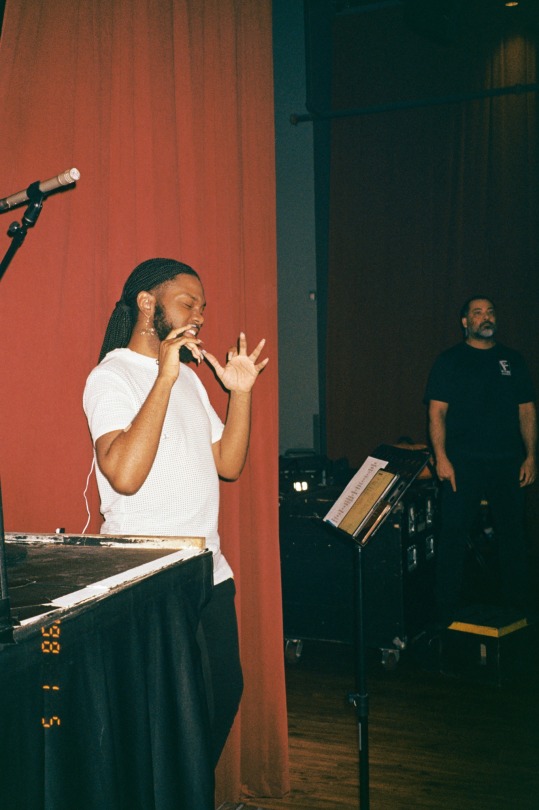







Moments captured during Amaarae’s performance for her “Fountain Baby” tour in Silver Spring, MD shot on 35mm
Shot on Fuji Superia 400
Photography by Ayedatsmanny
March 2024
Developed & Scanned by 1MILLENNIA
#film photography#35mm film#fuji superia 400#fujifilm#onemillennia#1millennia#filmlab#pop music#concert#tour#ghana#amaarae#Ayedatsmanny#shotonfilm#analog#fountain baby#maryland#documentary
3 notes
·
View notes
Text






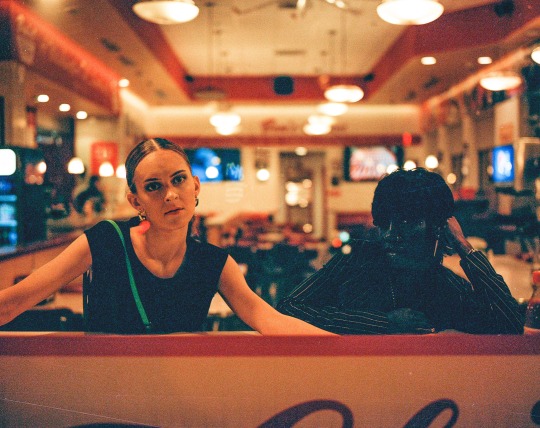
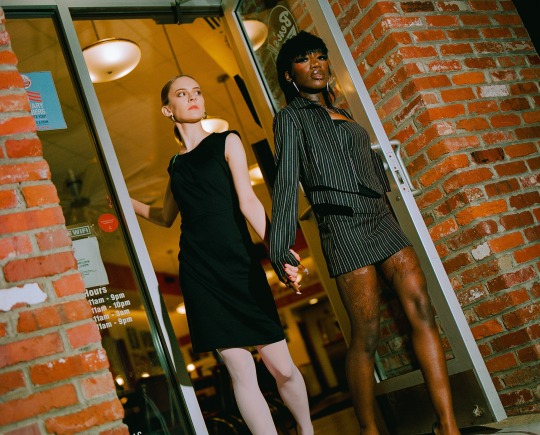

“Girls night out” shot by Manny Boadi
Creative Direction: @ayedatsmanny
Lighting/Gaffer: @aakarolo
Stylist: @P.y.a.o @yingabbyy @allisonmckitrick
Photography Assistance: @oseishotit
Outfit: @iamgia
Hair: @giaamichele
Models: @allisonmckitrick
Makeup: @yingabbyy & @allisonmckitrick
Film Developing & Scanning: @1millennia
#ayedatsmanny#film photography#1millennia#35mm#maryland#35mm photography#35mm film#analog photography#fashion photography#girls night#girls nite out#i am gia#onemillennia#mamiyarb67#medium format#kodak portra 400#kodak
3 notes
·
View notes
Text
More than 400 food products sold under dozens of brand names were recalled due to possible Listeria contamination, the US Food and Drug Administration announced Friday.
The recall by Fresh Ideation Food Group LLC includes ready-to-eat sandwiches, salads, yogurts, wraps and other products sold in nine states and Washington, DC, from January 24 through January 30.
...
The recalled foods were distributed in Connecticut, the District of Columbia,Maryland, Massachusetts, New Jersey, New York, North Carolina, Pennsylvania, South Carolina and Virginia, according to the FDA.
The products -- which included items like bacon, egg and cheddar muffins, breakfastcroissants, tuna and chicken sandwiches, and fruit cups -- were sold in stores, vending machines and by transportation providers, according to the company.
"All recalled products have a Fresh Creative Cuisine label and/or identifier on the bottom of the label with the Fresh Creative Cuisine name and a fresh through or sell through date ranging from January 31, 2023 through February 6, 2023," the company said.
540 notes
·
View notes
Text

Em boating on the Chesapeake Bay with stops on Dobbin Island, Maryland. Pentax 645, 70mm. Kodak Portra 400. NIK
2 notes
·
View notes